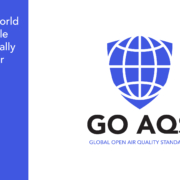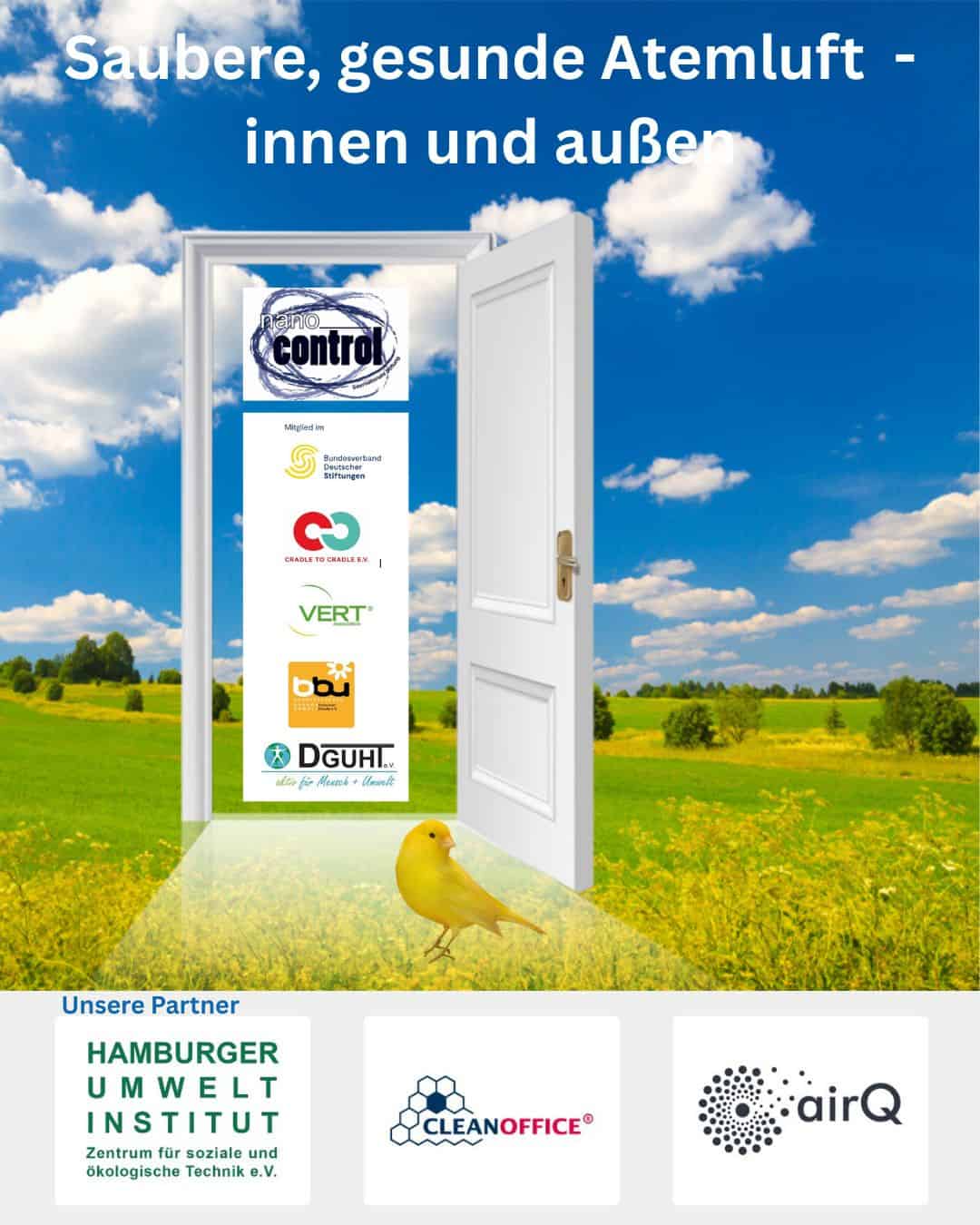The air we breathe indoors can be far more polluted than the air outside, yet it’s an issue that often goes unnoticed. The nano-Control, International Foundation and the Global Open Air Quality Standards (GO AQS) initiative are stepping up to address this critical challenge by announcing a new collaboration focused on the health risks posed by indoor air pollution.
The Invisible Threat: Ultrafine Particles
For years, the public’s focus on air quality has been on more visible pollutants like smog and particulate matter (PM2.5 and PM10). However, a more insidious threat exists: ultrafine particles (UFPs). These particles, which are smaller than 0.1 micrometers, are so tiny they can easily bypass the body’s natural defenses and penetrate deep into the lungs and bloodstream. They are linked to a range of adverse health effects, including cardiovascular, respiratory, and neurological diseases.
A significant source of these UFPs is everyday indoor appliances like laser printers and copying machines. When these devices are in use, they can emit a large amount of nanoparticles per page, introducing a cocktail of harmful substances into the air, including carbon black, heavy metals, polyfluoroalkyl substances (PFAS), and volatile organic compounds (VOCs).
A Unified Front for Healthier Indoor Environments
The nano-Control, International Foundation has long been dedicated to raising awareness about the dangers of UFPs and advocating for stricter regulations on indoor sources. They have provided support and information to thousands of people affected by this pollution.
The GO AQS initiative shares this commitment to creating a healthier world by establishing a common benchmark for clean air. Recognizing that there is currently no single, globally-accepted standard for indoor air quality, GO AQS is working to create a set of transparent, science-backed guidelines that can be universally adopted.
In a powerful display of shared purpose, the two organizations collaborate in a specific working group for nanoparticles under the GO AQS framework. This collaboration aims to formalize a global approach to a problem that transcends borders.
The Path Forward: Research and Regulation
Currently, many organizations and experts follow the WHO 2021 good practices, which suggest maintaining low UFP concentrations, specifically aiming for less than 1,000 particles per cubic centimeter. However, both nano-Control and GO AQS agree that this is just the beginning.
There is a critical need for more epidemiological research to fully understand the long-term health outcomes of chronic exposure to UFPs from indoor sources. This research will provide the scientific evidence needed to develop more robust and effective standards. By working together, the nano-Control, International Foundation and GO AQS are not only advocating for better regulations but also inviting the global scientific community to join them in this crucial effort to protect public health. This collaboration is a vital step toward a future where clean air is not a luxury, but a fundamental right for everyone.

 Go AQS
Go AQS